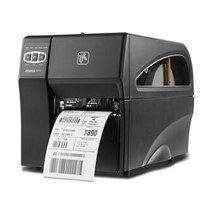Pyramid Packaging carries a variety of shipping labels that are cost-effective and on-demand. Direct Thermal and Thermal Transfer labels are the two most popular types, but there are key differences. Direct thermal and thermal transfer each have unique benefits for a given application.
Both methods use heat to print the labels, but each technique uses heat differently to create the final image. Both can be sold on stacks or rolls for more efficient distribution and easily installed in printers. They both use pressure-sensitive adhesive to bond with any surface, eliminating the need for glue, which requires heat or water-based adhesives. Direct thermal and thermal transfer labels are easy to use for inventory and shipping purposes.
Technical Sheet:



